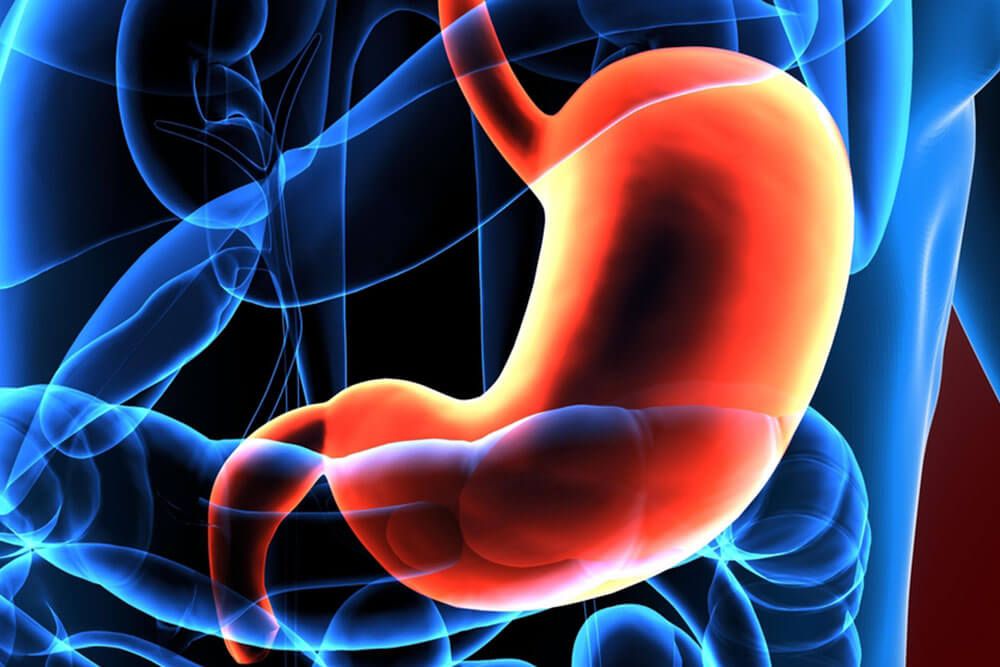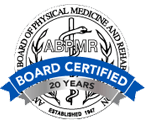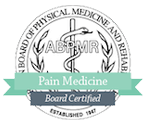A celiac plexus block is an injection performed to relieve severe abdominal pain by blocking signals from the celiac plexus, a nerve bundle that supplies organs in the abdomen, including the stomach, intestines, liver, pancreas, adrenal glands and other organs around the midsection. The injection contains a local anesthetic or concentrated alcohol to produce immediate pain relief, as well as a medication such as a corticosteroid to provide longer-term respite from pain. Pain remedied by a celiac plexus block may be caused by conditions such as chronic pancreatis and cancer in other organs of the abdomen.
The Celiac Plexus Block procedure
A celiac plexus block is generally conducted with the patient lying on his or her stomach. The skin surrounding the affected area will be cleaned and numbed with a local anesthetic. The patient may also receive a mild sedative through an intravenous line if needed. With the assistance of an X-ray and contrast dye, the needle is inserted. Once the needle is situated properly, the medicine is injected. The procedure typically lasts for 30 minutes. The pain the patient has been experiencing should be reduced almost immediately, but the length of time this relief lasts varies from patient to patient.
Recovery from a Celiac Plexus Block
The patient should arrange for a ride home after the procedure. In most cases, if there are no complications, the patient may go to work and resume most normal activities after a day or two. Some patients may be able to start physical therapy immediately, depending on individual recovery.
Risks from a Celiac Plexus Block
A celiac plexus block is relatively safe for most patients, but there may be soreness or bruising at the injection site. Low blood pressure or diarrhea may also occur. More serious complications, although uncommon, may include:
- Nerve damage
- Bleeding
- Pneumothorax (collapsed lung)
- Infection
- Bloody urine
The patient’s abdominal wall or leg may feel weak or numb, but that feeling typically disappears in a day or two.




